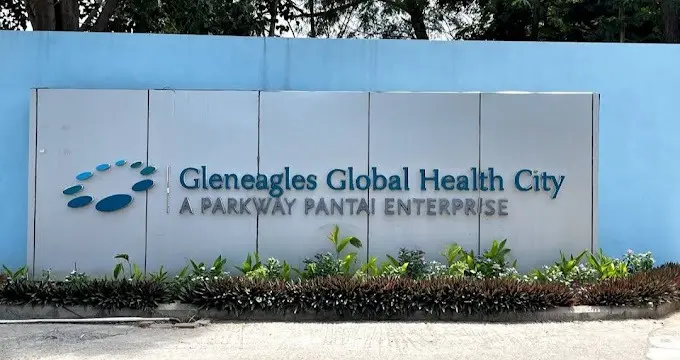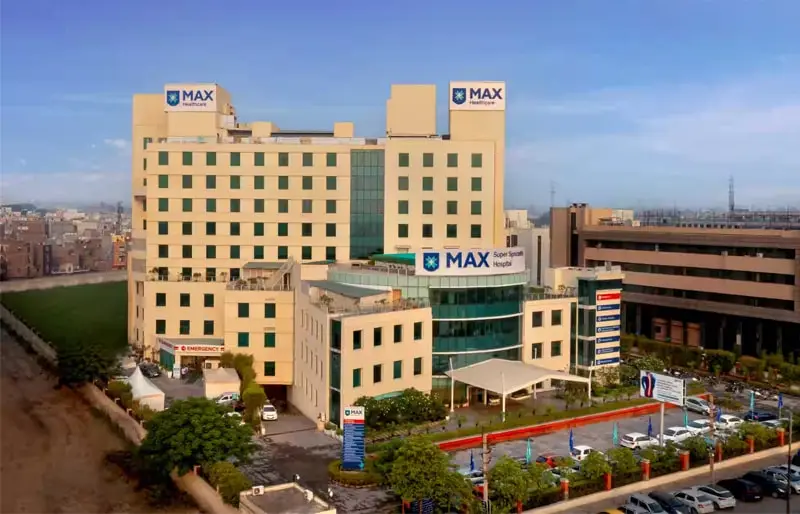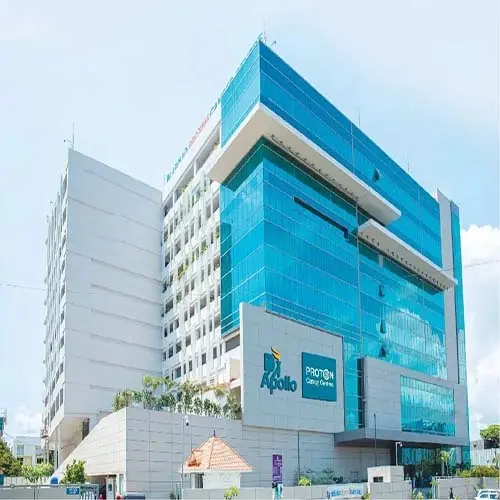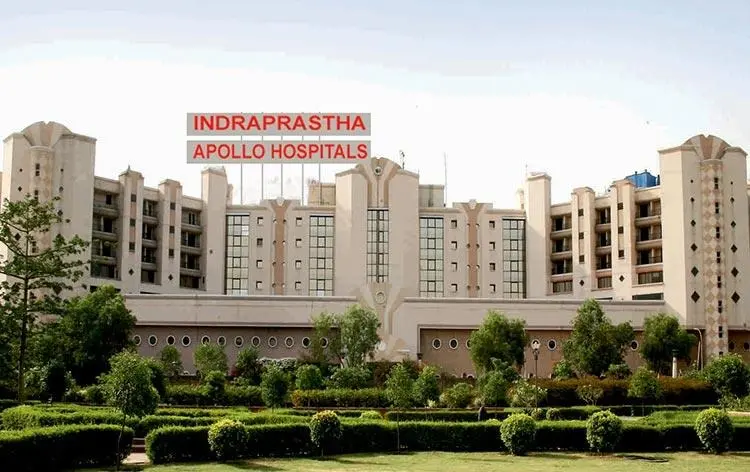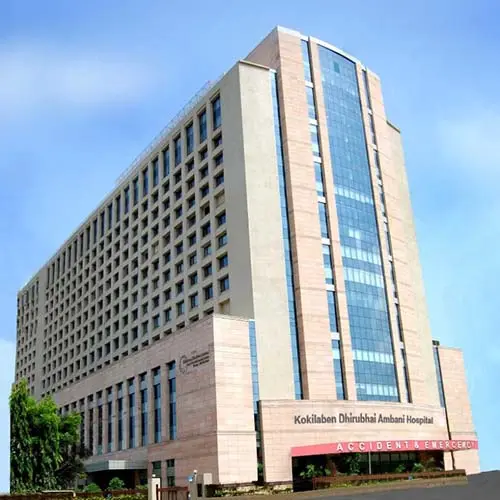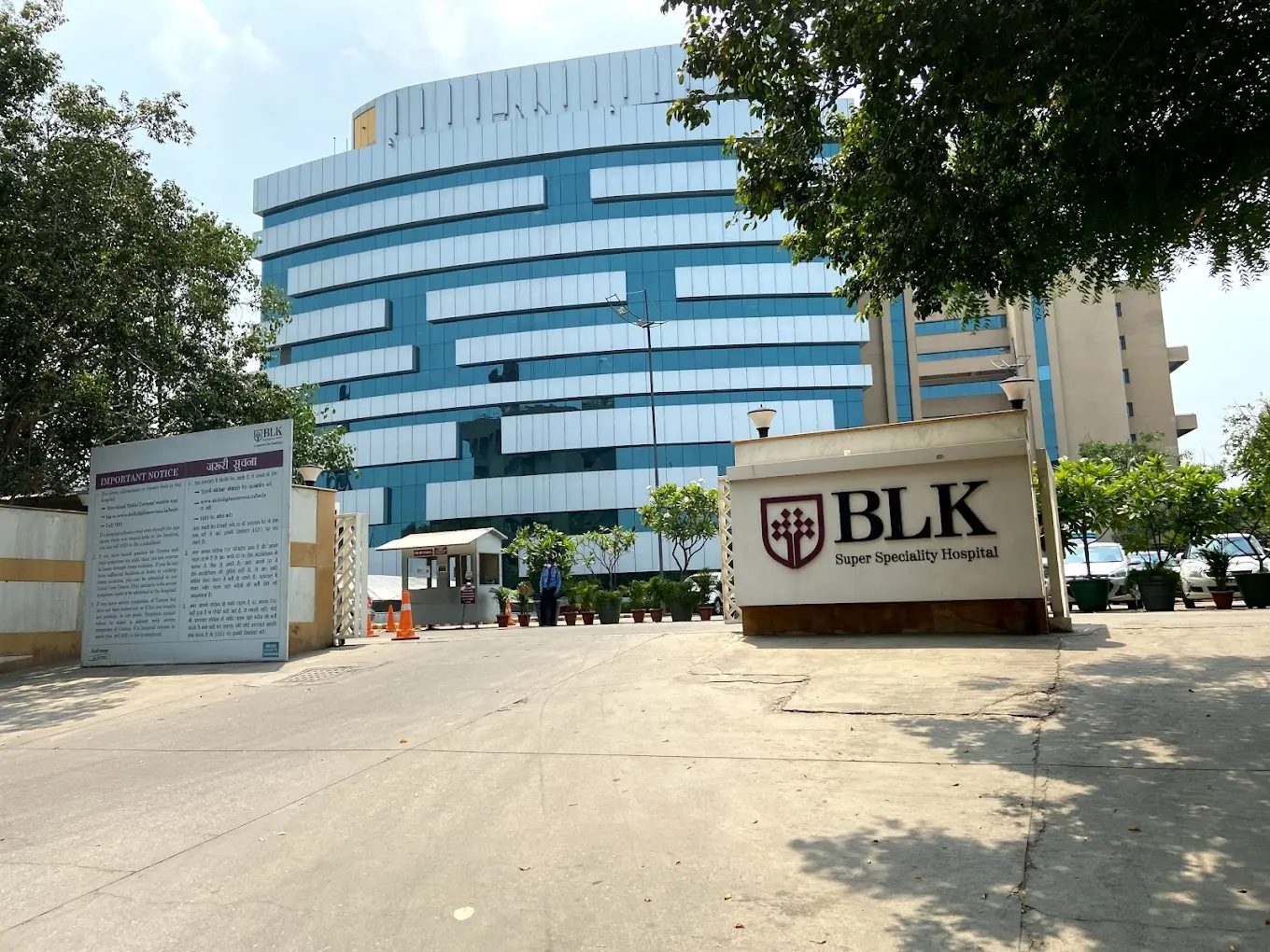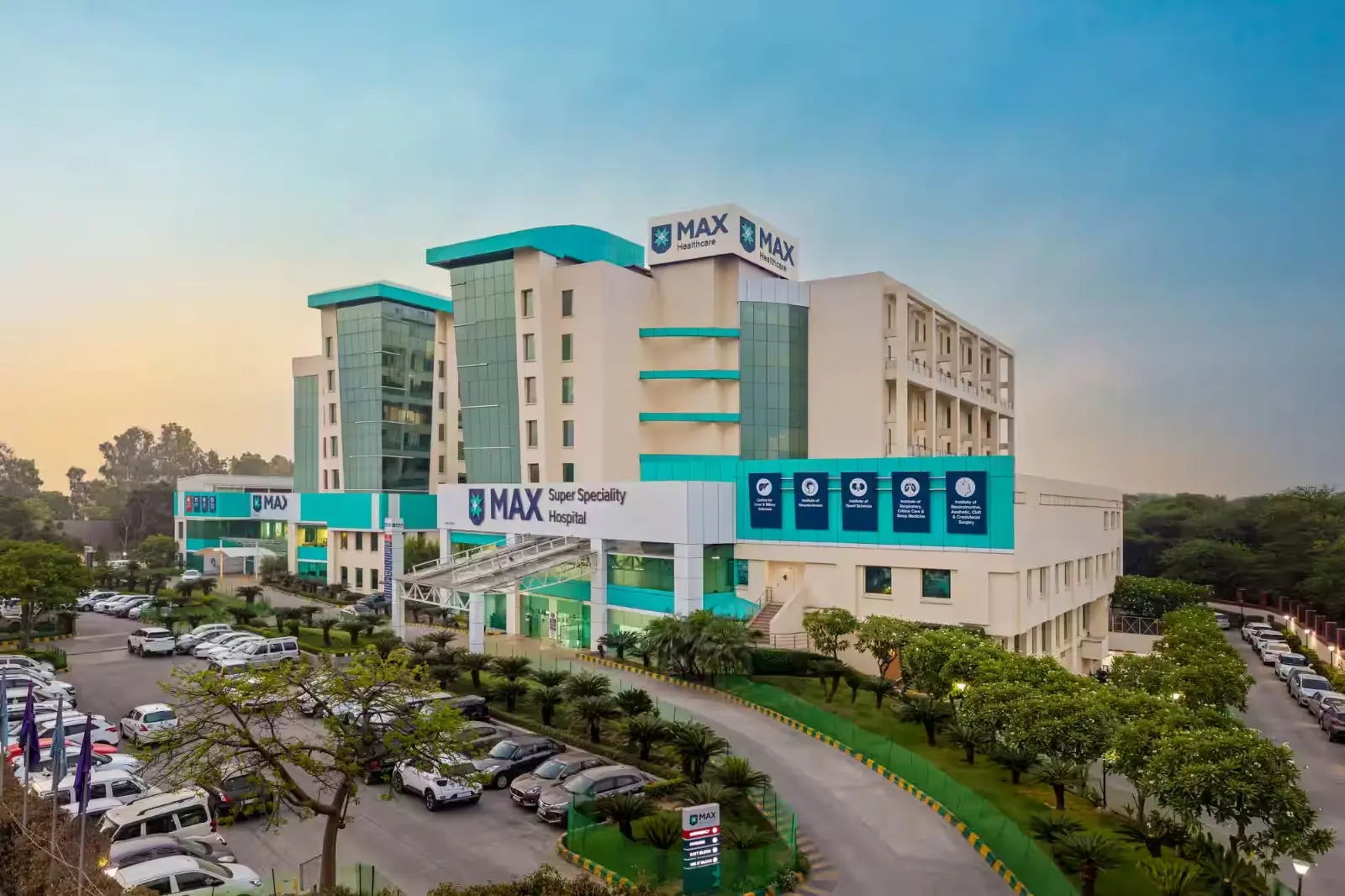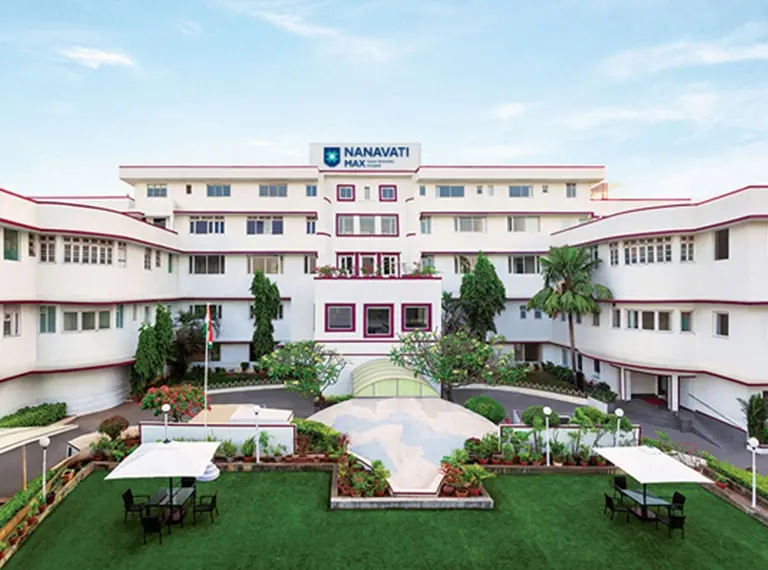Transarterial Radioembolization (TARE) cost In India
Transarterial radioembolization (TARE) cost in India ranges from $14,000 to $22,000, which is approximately equivalent to 11,90,000 to 18,70,000 Indian rupees. The final cost can vary depending on factors such as the patient's overall health, the extent of liver involvement, hospital facilities, and the type of radioactive microspheres used. TARE is a minimally invasive procedure used primarily for the treatment of liver tumors, including hepatocellular carcinoma and metastatic liver cancer.
It involves delivering radioactive microspheres directly into the arteries that supply the tumor, allowing for targeted radiation therapy with minimal impact on surrounding healthy tissue. TARE can be an effective alternative or complement to surgery, chemotherapy, or other localized treatments, especially for patients who are not suitable candidates for surgery.
Cost Range of Transarterial Radioembolization (TARE) cost In India
What is Transarterial Radioembolization (TARE)?
TARE is a targeted treatment for liver cancer that combines radiation therapy with a minimally invasive procedure. It involves injecting tiny radioactive beads (called microspheres) directly into the blood vessels that supply the liver tumor. These beads deliver high-dose radiation to the tumor while sparing healthy liver tissue. TARE is also known as radioembolization and is typically used when liver tumors cannot be removed by surgery.
Get a free cost estimate
Who is an eligible candidate for TARE in India?
An eligible candidate for TARE in India is typically someone diagnosed with liver cancer—either primary (such as hepatocellular carcinoma) or metastatic—who meets specific medical and clinical parameters. Eligibility is carefully assessed by a multidisciplinary team of oncologists, interventional radiologists, and hepatologists to determine whether TARE is the most effective and safe treatment option.
Confirmed Diagnosis
The patient must have a confirmed diagnosis of liver tumors, validated through imaging (CT, MRI, or PET scans), biopsy, and blood tests:
- Hepatocellular carcinoma (HCC)—often in patients who are not candidates for surgery or ablation.
- Liver metastases—from colorectal cancer, neuroendocrine tumors, breast cancer, or other cancers.
- The tumors should be unresectable but confined primarily to the liver.
Liver Function
Adequate liver function is essential to tolerate the procedure:
- Child-Pugh class A or early B liver function.
The Child-Pugh score (also called the Child-Turcotte-Pugh score) is a clinical tool used to assess the severity of liver disease.
Child-Pugh Score
- Class A: Ideal candidates.
- Early Class B (typically B7 only): May be considered after careful evaluation.
- Class B8–C: Usually not eligible due to high risk of liver failure post-treatment.
Patients eligible for TARE must have preserved liver function, ideally Child-Pugh A, and bilirubin ≤ 2 mg/dL, with no major signs of liver decompensation. Each case is reviewed individually to balance the therapeutic benefit against the risk of liver toxicity.
- No uncontrolled ascites or hepatic encephalopathy.
- Acceptable bilirubin levels.
Vascular Anatomy and Tumor Location
- The tumor should be accessible via the hepatic arterial system.
- Vascular anatomy should allow for safe and targeted microsphere delivery.
- Patients should not have significant arteriovenous shunting or portal vein thrombosis without collateral circulation.
Overall Health Condition
- Performance status (e.g., ECOG 0–2) should be favourable.
Performance status (PS) is a key factor in determining whether a patient is a good candidate for Transarterial Radioembolization (TARE, also called Y-90 radioembolization)—a minimally invasive liver cancer treatment.
ECOG (Eastern Cooperative Oncology Group) Scale
- 0: Fully active, no restrictions.
- 1: Mild symptoms but ambulatory (can do light work).
- 2: Capable of self-care but unable to work (up >50% of waking hours).
- 3: Limited self-care, confined to bed/chair >50% of the time.
- 4: Completely disabled, totally bedridden.
- 5: Death.
- The patient should be medically stable, without severe comorbidities that could increase procedural risks.
- Patients with extrahepatic disease may still be considered if the liver tumor is the dominant or most threatening disease burden.
Access to Specialized Centers
TARE is a complex, highly specialised procedure requiring access to:
- Trained interventional radiologists.
- Nuclear medicine teams.
- Oncology and liver care facilities with advanced imaging and procedural support.
Psychosocial and Financial Readiness
- Patients and care-givers must be informed and prepared for the procedural logistics, potential side effects, and follow-up visits.
- Financial resources must be considered, as TARE is relatively high-cost and may not be covered by all insurance providers.
Pre-procedural Evaluation
Patients must undergo:
- A mapping angiogram to study hepatic vasculature.
- A mapping angiogram (also called pre-treatment angiography) is a crucial step before performing TARE (Y-90 radioembolization). It helps doctors study the liver’s blood vessels to ensure safe and effective treatment.
- Mapping is essential to prevent complications (e.g., radiation gastritis, lung damage).
- A technetium-99m macroaggregated albumin (MAA) scan to assess lung shunting and confirm the safety of the procedure.
Step-by-Step Procedure for Transarterial Radioembolization
Initial Evaluation
- The imaging (CT/MRI) to assess the liver tumor.
- Blood tests to evaluate liver function.
- This procedure requires multidisciplinary team consultation (oncologist, radiologist, hepatologist).
TARE Procedure
- The patient will be under general anesthesia or conscious sedation .
- A catheter is guided into the hepatic artery feeding the tumor.
- Yttrium-90 (Y-90) microspheres are injected to deliver localised radiation.
Post-Procedure Monitoring
- Short hospital stay (usually 1–2 days).
- Monitoring for side effects (fatigue, mild pain, nausea).
- Liver function tests and imaging follow-up.
Get a free cost estimate
TARE Treatment Cost in India Inclusions
- Attendant stay and meals during hospitalization
- Routine medications and consumables required during hospitalization
- Pre-anesthesia check up and clearance
- Hospital stay and meals as per the package
- Interventional radiology charges
TARE Treatment Cost in India Exclusions
- Pre-operative examination and tests
- Hotel stay, meals and flights
- Extended hospital stay
- Post-operative follow-ups and medical management
- Treatment for any other underlying medical conditions
- Any complex investigations or medications
- Anything not covered in the package
Other Factors Affecting TARE Cost in India
- Age of the patient and symptoms
- Choice of location, doctor and hospital
- Pre-existing medical history
- Any supplemental treatment needed
Diagnostic Tests Done Before TARE
| Types of Tests For TARE in India | Cost Range in USD |
| Blood TestsChecks for kidney function, calcium levels, CBC and other markers to assess disease severity and organ function. | 80-100 |
| Imaging Tests To evaluate tumor size, location, and liver anatomy, MRIs and CT scans. | 350-400 |
| Angiography (Mapping Angiogram)Catheter-based procedure to map the hepatic artery anatomy identify vessels supplying the tumor and Detect and block (embolize) any vessels that could deliver radiation to non-target organs. | 700-900 |
Why India is Preferred as One of the Best Countries for Transarterial Radioembolization?
India is increasingly recognized as a top destination forTARE, thanks to its advanced interventional radiology infrastructure, globally trained specialists, cost-effective pricing, and comprehensive cancer care facilities. TARE, a minimally invasive treatment for liver tumors (especially hepatocellular carcinoma and liver metastases), requires precision, cutting-edge technology, and expert hands—areas where India excels.
One of the major advantages of choosing India for TARE is the significantly lower cost without compromising on quality. While the TARE procedure may cost between $14,000 to $22,000 in India, the same treatment in countries like the U.S., U.K., or Australia may range from $40,000 to $80,000 or more. This price difference makes India a highly attractive option for international patients seeking advanced liver cancer treatment.
India is home to world-class hospitals such as Apollo Hospitals, Fortis Memorial, Medanta, Artemis, and AIG Hospitals, which offer TARE using state-of-the-art technologies including Yttrium-90 microspheres (SIR-Spheres or TheraSphere). These hospitals also offer integrated cancer care, including pre-procedural mapping, liver function evaluation, and post-treatment imaging and monitoring.
The country boasts a strong pool of interventional radiologists and oncologists who are internationally trained and experienced in performing TARE with high precision. Another key strength is swift access to care. Indian hospitals offer minimal waiting times for diagnostics, pre-procedure workups (including angiograms and lung shunt evaluations), and the TARE procedure itself.
India's combination of affordability, medical expertise, modern infrastructure, and holistic support services makes it one of the best countries globally for undergoing TARE. Patients benefit from world-class cancer treatment at a fraction of the cost found in Western countries, without sacrificing quality, safety, or comfort.
Best Hospitals in India Offering Transarterial Radioembolization
FAQs
A person who is suffering from
- Primary Liver Cancer (Hepatocellular Carcinoma – HCC)
- Metastatic Liver Tumors
- Inoperable Tumors
Although they show similar results or outcomes, the duration of stay in hospital is shorter, and there are fewer complications in TARE compared to TACE.
Light activities can usually resume within 3–5 days. Most people return to work or normal life within 1 to 2 weeks, depending on individual tolerance and overall health.
Yes , it can be repeated to address the recurrent liver tumours
- Damage to the bile ducts
- Liver dysfunction
- Gastrointestinal ulcers
- Pain
- Fatigue
- Lymphopenia – more commonly seen with glass microspheres
- Post-Embolization Syndrome
- Radiation Gastritis, GI ulcer and Pancreatitis


